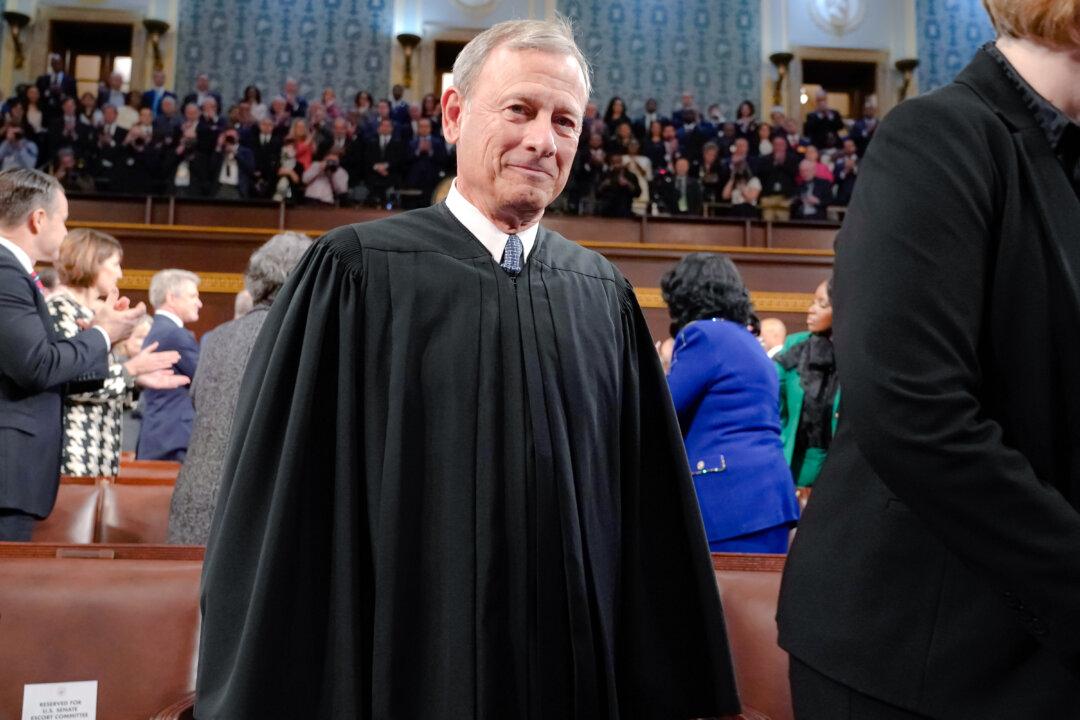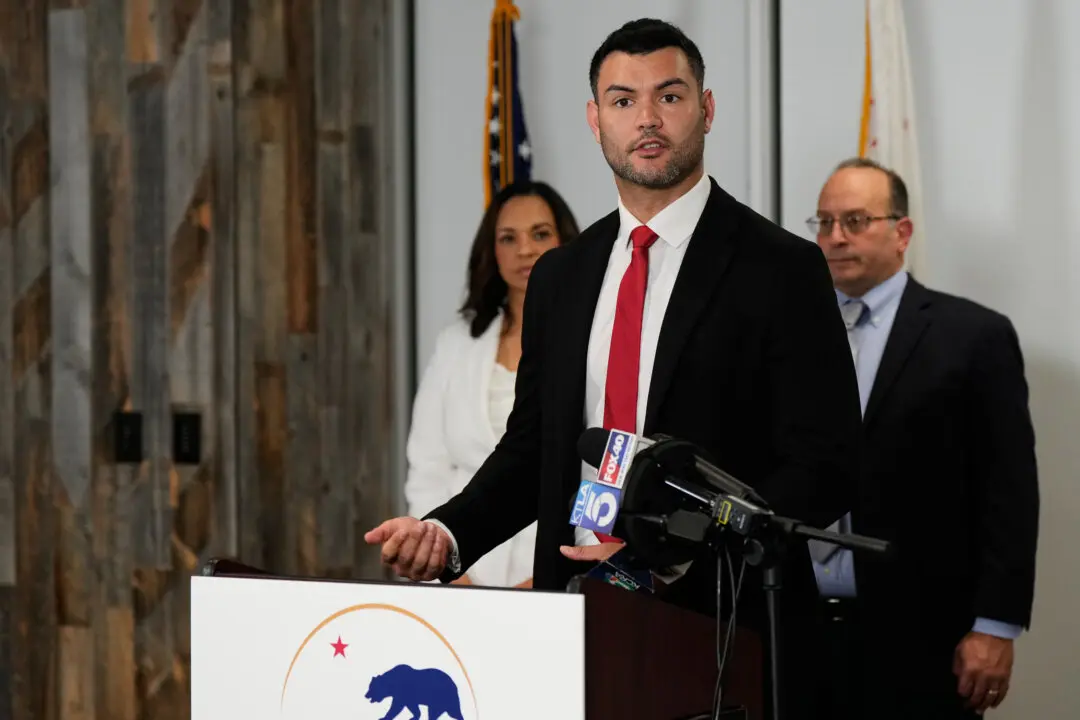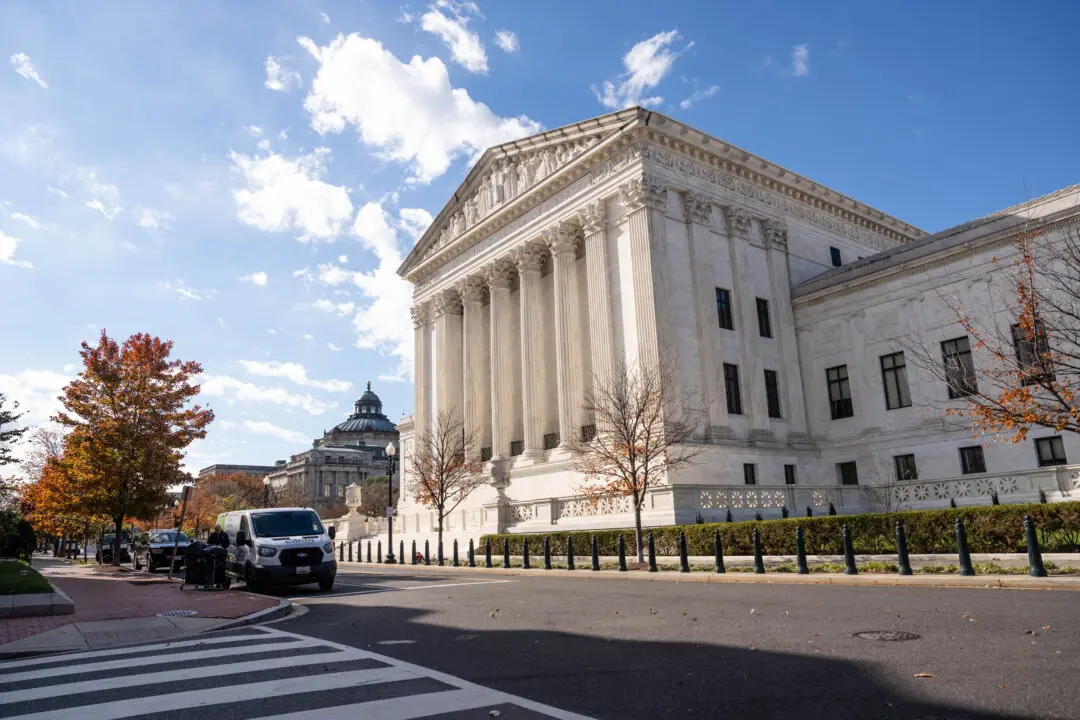A man who used to work as a programmer at Google received a 14-month term in prison for threatening to kill Chief Justice John Roberts.
Neal Brij Sidhwaney, 43, was sentenced on April 1 by U.S. District Judge Marcia Morales Howard in Jacksonville, Florida, after pleading guilty at the end of 2023 to transmitting an “interstate communication containing a threat to injure.”





